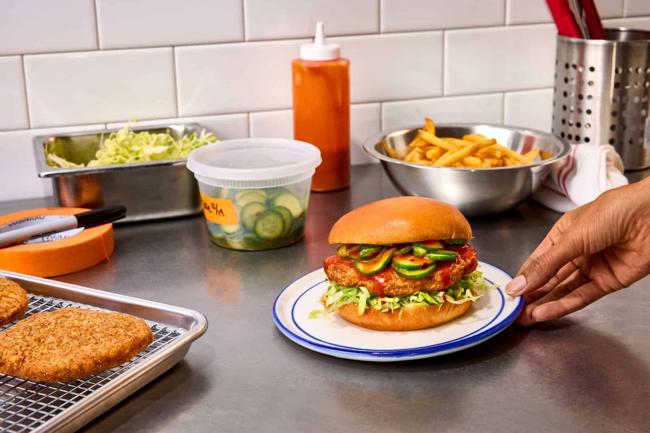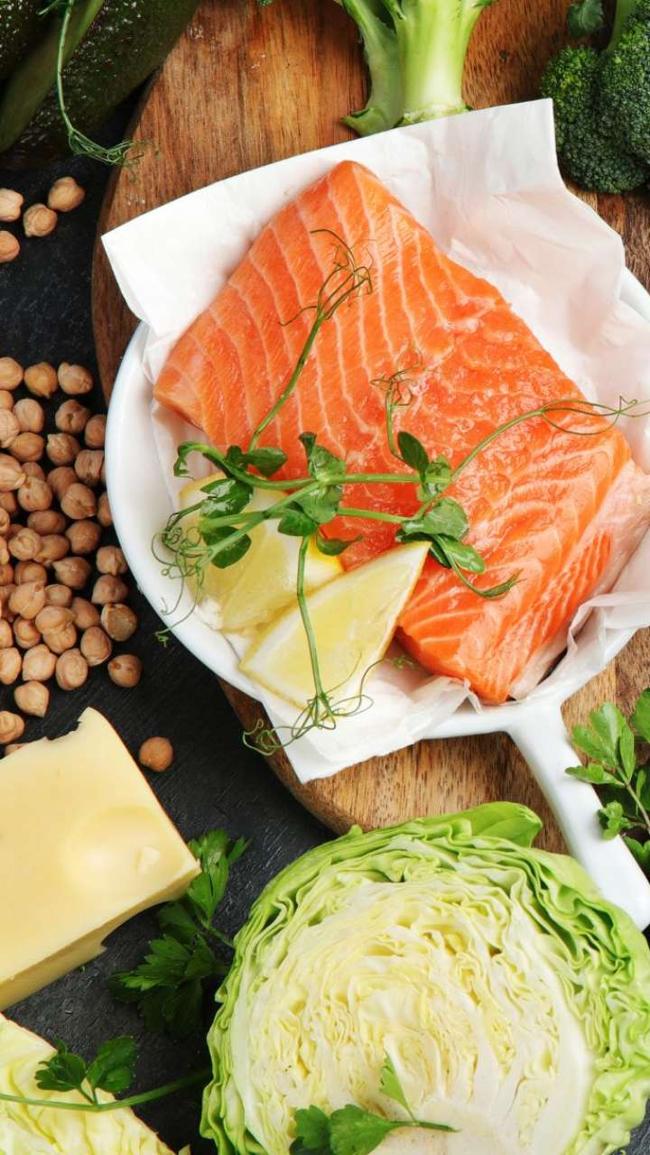Summary
GoodMills Innovation has expanded its plant-based ingredient portfolio with the launch of VITATEX Wheat Fava Flakes SVP Pro, a co-texturised protein flake
Source: vegconomist

AI News Q&A (Free Content)
Q1: What is unique about GoodMills Innovation's VITATEX Wheat Fava Flakes SVP Pro in the context of plant-based food innovation?
A1: GoodMills Innovation’s VITATEX Wheat Fava Flakes SVP Pro stands out due to its co-extruded, fibrous structure that closely mimics the texture of meat, addressing a common consumer demand in plant-based foods. By combining wheat and fava bean proteins, these flakes enhance mouthfeel and protein content, while remaining free of soy and peas—ingredients that can cause allergies or off-flavors. The product is designed for seamless integration into plant-based applications such as burger patties and sausages, contributing to more authentic and satisfying meat alternatives.
Q2: How has the plant-based food sector evolved in terms of ingredient innovation over the past five years?
A2: In the last five years, the plant-based sector has shifted from using primarily soy and pea proteins to exploring diverse sources like fava beans, chickpeas, and blends of grains and legumes. The focus has been on improving nutritional profiles, taste, and texture, as well as reducing allergens. Companies increasingly employ advanced techniques like co-extrusion to create fibrous textures, and there is a growing emphasis on clean labels and allergen-free formulations, reflecting consumer demand for healthier and more sustainable options.
Q3: What are the main advantages and drawbacks of using co-extruded wheat and fava protein flakes in plant-based products?
A3: Advantages include a meat-like fibrous texture, improved protein quality, and avoidance of common allergens such as soy. Fava beans also offer a neutral flavor and are rich in essential nutrients. However, challenges may include higher production costs due to specialized processing and the need for careful formulation to ensure optimal taste and texture. As with any new ingredient, there may also be supply chain considerations and the potential for less consumer familiarity compared to soy or pea protein.
Q4: What do recent scholarly studies reveal about the engineering of fibrous textures in plant-based meat analogues?
A4: Recent research highlights the use of advanced scaffolding technologies—such as edible scaffolds, 3D printing, and electrospun nanofibers—to replicate the fibrous microstructure of animal muscle tissue in plant-based meats. These technologies enable the alignment and differentiation of plant proteins, resulting in products that better mimic the mouthfeel and structure of real meat. The development of such techniques is crucial for consumer acceptance and for closing the sensory gap between plant-based and animal-derived products. (Source: 'Scaffolding fundamentals and recent advances in sustainable scaffolding techniques for cultured meat development', 2024)
Q5: How do plant-based action plans and government initiatives support the growth of innovative ingredients like VITATEX Wheat Fava Flakes?
A5: Government-led plant-based action plans, such as the international Plant Based Treaty, promote the development and adoption of plant-based foods by providing funding for research, setting regulatory frameworks, and encouraging public procurement of sustainable ingredients. These initiatives aim to reduce greenhouse gas emissions, support agricultural diversification, and foster innovation within the food industry. Such policies create a favorable environment for the launch and scaling of novel ingredients like VITATEX Wheat Fava Flakes.
Q6: What are the nutritional benefits of incorporating wheat and fava bean protein flakes into plant-based diets?
A6: Wheat and fava bean protein flakes provide complementary amino acid profiles, boosting the overall protein quality of plant-based foods. Fava beans are particularly high in lysine, an amino acid often limited in cereals like wheat. Together, these ingredients supply fiber, vitamins, and minerals, supporting balanced nutrition. Their inclusion can help meet the recommended protein intake for various age groups, making them valuable for diverse populations adopting plant-based diets.
Q7: What does the latest research say about consumer acceptance of new plant-based protein sources and textures?
A7: Recent studies indicate that consumers increasingly value plant-based products that closely mimic the texture and taste of meat. Fibrous texture is a key driver of acceptance, as it enhances mouthfeel and the overall eating experience. Products using innovative protein blends and advanced texturization methods tend to receive higher sensory ratings and repeat purchases, suggesting that continued ingredient innovation—like co-extruded wheat and fava flakes—can significantly boost market success. (Source: 'Scaffolding fundamentals and recent advances in sustainable scaffolding techniques for cultured meat development', 2024)
References:
- Plant-based diet - https://en.wikipedia.org/wiki/Plant-based_diet
- Plant-based action plan - https://en.wikipedia.org/wiki/Plant-based_action_plan





